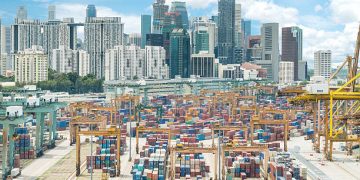The U.S. government has reported a significant increase in revenue from tariffs and excise taxes, with collections totaling $68.9 billion during the first five months of the year—a 78% rise compared to the same period last year, according to data from the Treasury Department analyzed by the Bipartisan Policy Center. This growth in revenue follows the implementation of tariffs of at least 10% on a wide range of imported goods.
While the measure has contributed to higher government income, its broader economic effects remain under review. Industry stakeholders note that tariff costs are primarily borne by domestic businesses and consumers. For importers, these charges often need to be paid upfront before goods are cleared through customs, creating added financial pressure. Patrick Allen, a wine importer based in Columbus, Ohio, explained, “If I order $100,000 worth of wine and there’s a 20% tariff, I need to pay $20,000 at customs before selling anything.”
He adds that such unpredictability has led to hesitation among clients, resulting in potential inventory shortages and revenue losses. According to the non-partisan Congressional Budget Office (CBO), if current tariff policies remain in place for the next decade, they could reduce the federal debt by an estimated $2.8 trillion. However, the CBO also warned that these tariffs may contribute to higher inflation and slower economic growth in the near term. The manufacturing sector, in particular, is showing signs of strain.
The Institute for Supply Management reported that U.S. manufacturers cut approximately 8,000 jobs last month, with many companies citing tariffs as a contributing factor. One chemical factory’s purchasing manager stated, “Suppliers are treating tariffs as taxes and are passing the full cost to customers.” Logistics professionals have also reported challenges.
Customs broker Margie Shapiro noted that due to increased tariff costs, importers now have to cover duties directly, adding strain to operational cash flow. As tariff-related policies evolve, businesses continue to assess their long-term strategies and pricing models. The broader impact on trade, consumer prices, and supply chains will likely remain a focal point in economic discussions going forward.
#SupplyChainNews #TariffImpact #TradePolicy #ManufacturingUpdate #EconomicOutlook
- Latest
- Trending
















